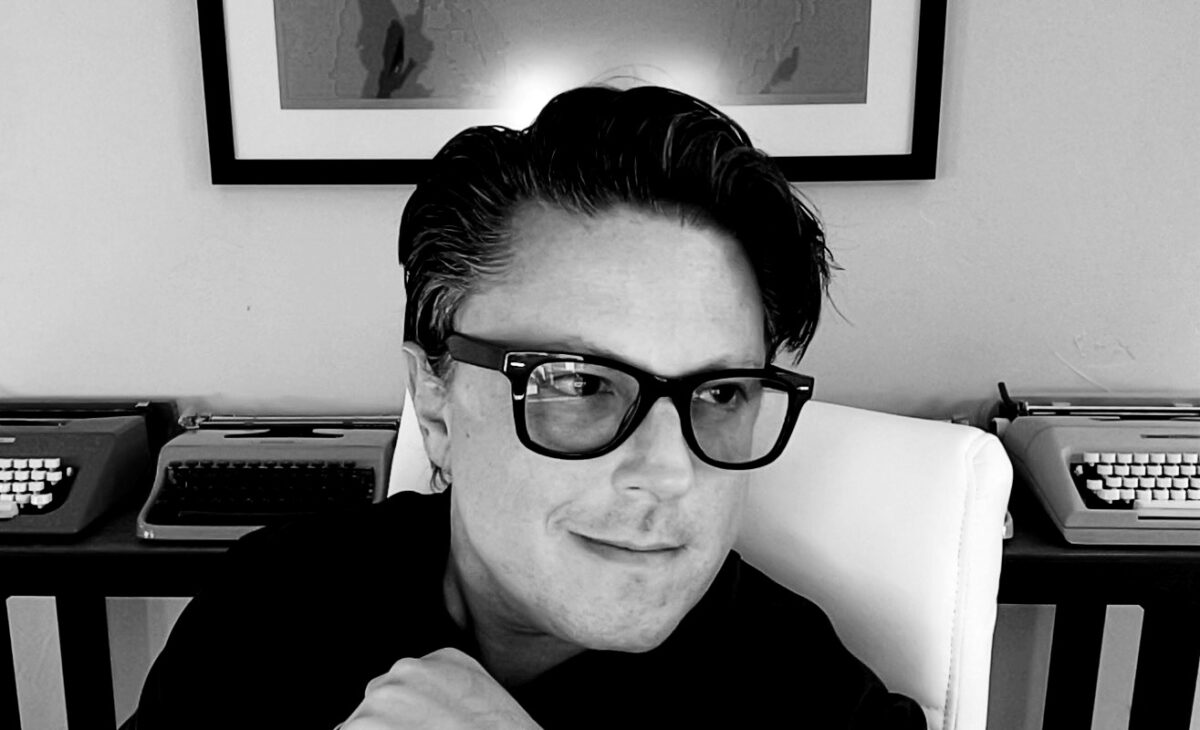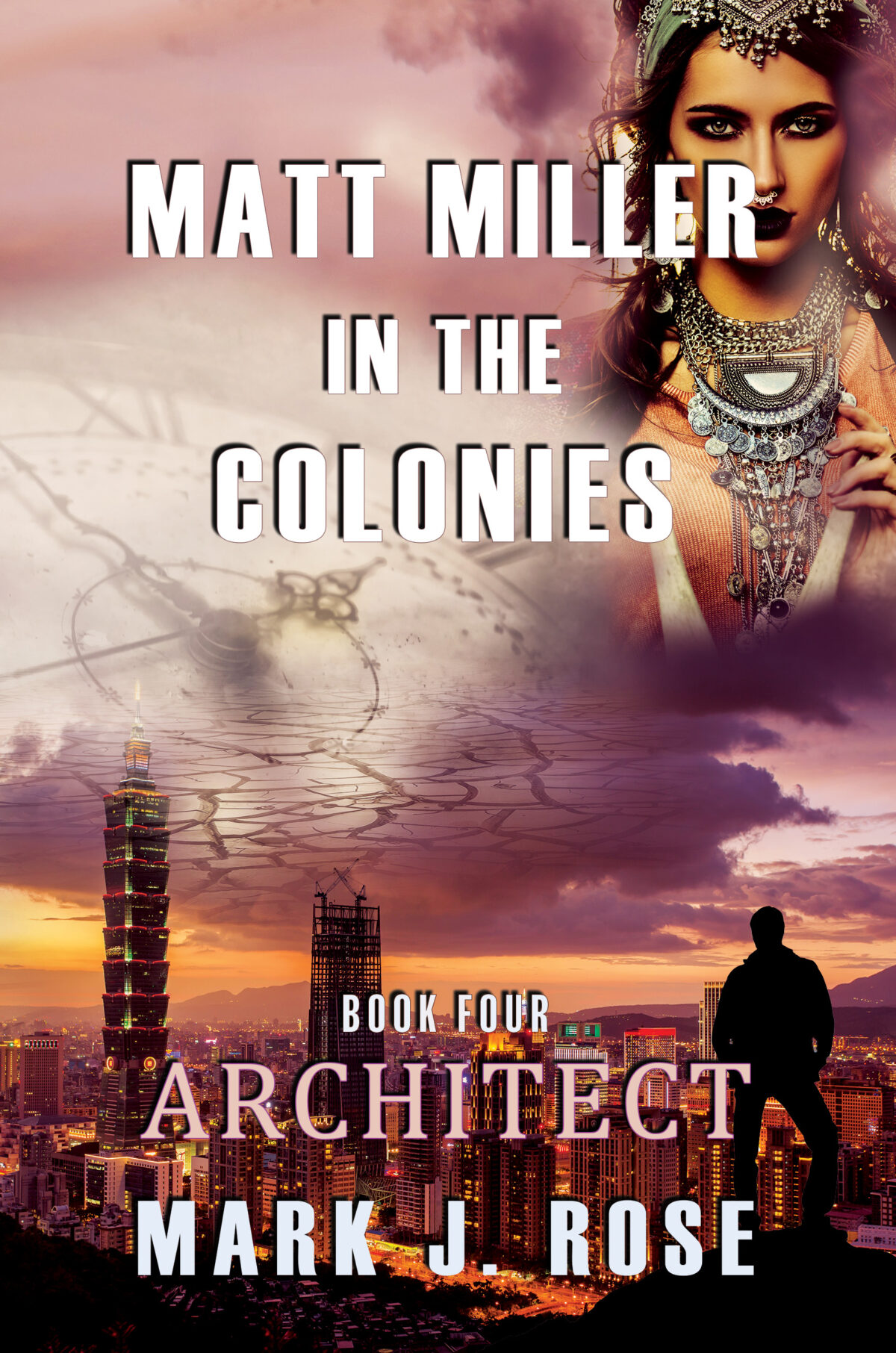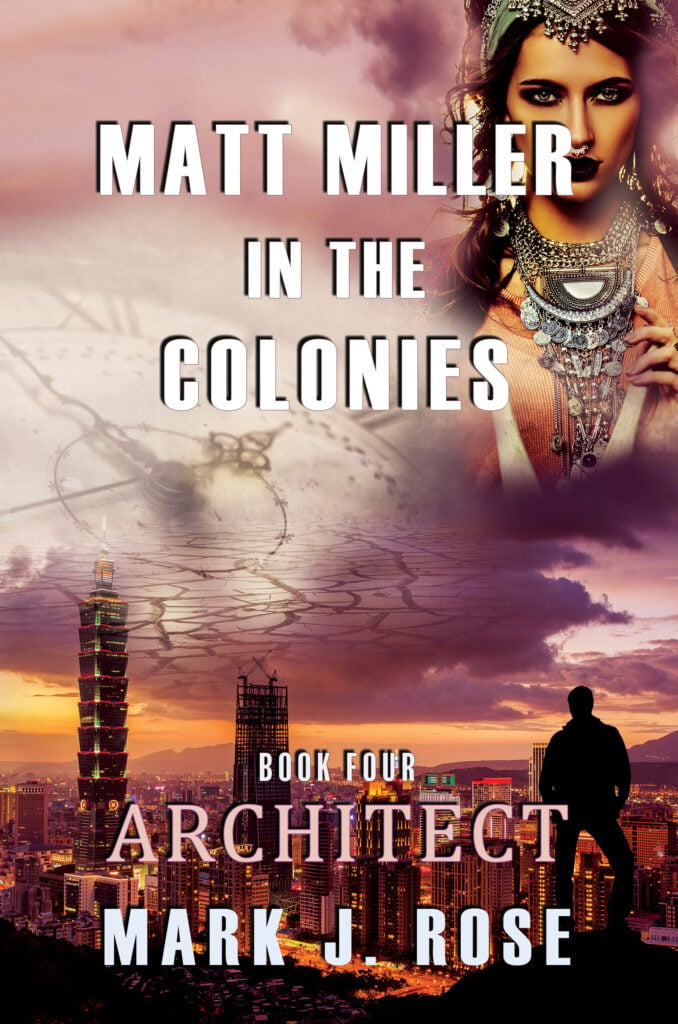Jonathan N. Pruitt’s Epic Tale Conjures a World Where Magic Meets the Unknown
Unraveling the Enigma and the Spellbinding Magic, Mystery, and Suspense of The Amber Menhir
Magic, mystery, and suspense—these three elements have the power to transport readers to captivating realms, ignite their curiosity, and keep them on the edge of their seats. In The Amber Menhir by Jonathan N. Pruitt, these elements converge in a literary symphony that weaves a narrative brimming with enchantment, enigma, and heart-pounding intrigue.
 Magic: A Force Beyond Imagination
Magic: A Force Beyond Imagination
Magic is the beating heart of The Amber Menhir. In this meticulously crafted universe, it’s not just a concept; it’s a tangible, living force. The characters, particularly the scholars within the menhirs, grapple with the complexities of magic, which is as awe-inspiring as it is perilous. The power to manipulate time, the ability to harness unseen energies, and the mastery of arcane arts all come together to create a world where possibilities are limited only by one’s imagination.
Tara Langcraw, the central character, embodies the very essence of magical potential. As the heir to a rare bloodline with the power of time manipulation, she is a conduit for the extraordinary. Tara’s journey from an ordinary life to the extraordinary realm of the Amber Menhir is a testament to the allure and allure of magic. Her discovery and mastery of her powers are a captivating narrative thread that keeps readers spellbound.
Mystery: The Looming Calamity
Mystery shrouds every corner of the world depicted in The Amber Menhir. At the heart of this mystery lies ‘Calamity,’ a celestial body hurtling towards the world, threatening to plunge it into chaos and oblivion. The concept of impending doom permeates the narrative, setting the stage for a story rife with unanswered questions and hidden truths.
Calamity serves as an enigmatic specter haunting the minds of the characters and readers alike. What is its origin? Can it be stopped? What secrets does it hold? The relentless pursuit of these mysteries forms the backbone of the narrative, driving characters to embark on a quest that transcends the boundaries of the known.
As readers accompany Tara, Roland Ward, and Peony Bianchi on their journey, they are thrust into a world where unraveling the mysteries of Calamity becomes a race against time. Each revelation brings new layers of intrigue, adding to the narrative’s depth and complexity.
Suspense: A Perilous Journey
Suspense is the heartbeat of The Amber Menhir, propelling the story forward with relentless intensity. The menhir, though a bastion of knowledge and hope, conceals a dark underbelly filled with rivalries, power struggles, and perilous secrets. Those who dare to challenge the status quo within its hallowed halls risk not only their academic standing but potentially their lives.
The suspense in the narrative is palpable, keeping readers hooked with every twist and turn. As Tara and her companions navigate the treacherous terrain of the menhir, they encounter unexpected allies and formidable adversaries, each contributing to the ever-escalating tension. The constant threat of failure and the looming presence of Calamity serve as constant reminders that time is of the essence.
Will Tara and her friends succeed in their quest to harness their powers and avert the impending disaster? Or will they fall victim to the intricate web of politics and power within the menhir? The suspense keeps readers guessing until the very last page.
An Unforgettable Literary Alchemy
The Amber Menhir by Jonathan N. Pruitt is a literary alchemy of magic, mystery, and suspense. It invites readers to embark on a journey where the boundaries of reality blur, and the unknown beckons with tantalizing allure.
As you immerse yourself in the world of Tara Langcraw and her companions, be prepared to be swept away by a narrative that defies conventions and expectations. Magic becomes a tangible force, mystery deepens with every revelation, and suspense tightens its grip with each passing chapter.
Jonathan N. Pruitt’s masterful storytelling, rich world-building, and well-crafted characters ensure that The Amber Menhir is more than just a fantasy novel—it’s an immersive experience that will leave you craving more.
In this world of magic, mystery, and suspense, you’ll discover that the greatest adventures often begin with a single step into the unknown.
Embark on this spellbinding journey with The Amber Menhir by Jonathan N. Pruitt, available on Amazon.
For more book fun.
















